Information technology (IT) refers to the application of computers, networks, software, and data to create, store, transmit, and manage information. In an era defined by data-driven decision-making, what is IT extends beyond mere technology—it encompasses strategy, governance, and innovation that empower organizations to achieve strategic goals and maintain competitive advantage.
Understanding the Definition of Information Technology
At its core, information technology enables the transformation of raw data into meaningful insights. IT combines technical disciplines with business objectives to deliver solutions spanning infrastructure management, software development, and cybersecurity. Key LSI and semantic terms include digital transformation, IT governance, network security, cloud migration, and data analytics.
Core Concepts
-
Digital Transformation: Adoption of digital technologies to overhaul processes and customer experiences.
-
IT Governance: Policies and frameworks that ensure IT investments align with business goals.
-
Cybersecurity Frameworks: Standards like ISO 27001 and NIST that guide risk mitigation.
-
Cloud Migration: Transitioning workloads to cloud platforms for scalability and agility.
-
Data Analytics: Extracting business intelligence from structured and unstructured data.
The Evolution of IT: From Early Computing to Modern Systems
The history of information technology reflects exponential growth:
-
1950s–1960s: Mainframe era—centralized computing at universities and large corporations.
-
1970s–1980s: Rise of personal computers and distributed client-server models.
-
1990s: Proliferation of the internet and web-based services, enabling global connectivity.
-
2000s: Virtualization technologies and early cloud services redefine resource utilization.
-
2010s: Explosion of mobile computing, big data analytics, and DevOps culture.
-
2020s–Present: AI, machine learning, edge computing, and zero-trust security reshape IT strategy.
Key Components of IT
Hardware Infrastructure
Physical resources—servers, storage arrays, network switches, and edge devices—form the foundation of IT environments. Organizations prioritize redundancy, performance tuning, and virtualization to maximize resource utilization and resilience.
Software and Applications
Software ecosystems include operating systems (e.g., Linux, Windows Server), enterprise applications (ERP, CRM), and specialized security tools (SIEM, EDR). Adopting Agile and DevSecOps methodologies accelerates delivery while embedding security within development lifecycles.
Networks and Connectivity
Robust LANs, WANs, and cloud interconnects enable seamless data flow. Network architects design multi-layered security controls—firewalls, intrusion prevention systems (IPS), and micro-segmentation—to protect assets and ensure low-latency access.
Data Management and Storage
Data governance, backup and recovery, and hierarchical storage management ensure business continuity and compliance. Hybrid architectures leveraging on-premises SAN/NAS and cloud object storage strike a balance between performance and cost.
IT Roles and Responsibilities in Organizations
CIO, CTO, and IT Leadership
-
Chief Information Officer (CIO): Defines IT strategy, aligns technology investments with business objectives, and oversees digital transformation initiatives.
-
Chief Technology Officer (CTO): Drives technical innovation, evaluates emerging technologies, and champions architecture and R&D efforts.
Network and Security Administrators
Network engineers and security administrators configure network devices, enforce security policies, and monitor traffic for anomalies. They implement best practices such as network segmentation, multi-factor authentication (MFA), and encrypted communications.
Developers, Engineers, and Support Teams
Software developers, DevOps engineers, and IT support specialists collaborate to build, deploy, and maintain applications. Incident response teams and service-desk personnel ensure swift resolution of technical issues, minimizing downtime and enhancing user satisfaction.
The Strategic Importance of IT in Business
Digital Transformation and Innovation
By integrating cloud services, automation, and AI-powered analytics, businesses can streamline processes, personalize customer experiences, and unlock new revenue streams.
IT in Cybersecurity and Risk Management
IT departments partner with security teams to implement intrusion detection, vulnerability scanning, and continuous compliance monitoring. Applying frameworks like NIST CSF and ISO 27001 strengthens organizational resilience.
Business Continuity and Disaster Recovery
Comprehensive disaster recovery planning—including RTO/RPO metrics, failover strategies, and geographically distributed data centers—ensures uninterrupted operations during cyber incidents or natural disasters.
Top IT Trends Shaping the Future
Cloud Computing and Hybrid IT
Organizations leverage public clouds (AWS, Azure, GCP), private clouds, and hybrid architectures to optimize workload placement. Benefits include elasticity, cost-efficiency, and rapid provisioning.
Artificial Intelligence and Automation
AI-driven tools automate repetitive tasks—server provisioning, threat detection, and system patching—freeing IT teams to focus on strategic initiatives and complex problem-solving.
Edge Computing and 5G Networks
Processing data at the network edge reduces latency for IoT and real-time analytics use cases. 5G connectivity further accelerates data transfer speeds, enabling next-generation applications in manufacturing, healthcare, and smart cities.
Actionable Tips for IT Security Professionals
Building a Robust IT Security Framework
-
Adopt a zero-trust architecture, verifying every user and device regardless of network location.
-
Implement least-privilege access controls to minimize the attack surface.
-
Enforce multi-factor authentication (MFA) across all remote access points.
Implementing Best Practices for IT Governance
-
Establish change management procedures with automated approval workflows.
-
Schedule regular patch management cycles to remediate vulnerabilities promptly.
-
Conduct yearly risk assessments and compliance audits against frameworks like ISO 27001.
Continuous Monitoring and Incident Response
Deploy a Security Information and Event Management (SIEM) platform to centralize logs, correlate events, and trigger automated alerts. Maintain a documented incident response plan with clear roles, communication protocols, and post-incident review processes.
IT Sector Career Paths and Skills
Essential Certifications and Training
-
CISSP (Certified Information Systems Security Professional) for security leadership roles.
-
AWS Certified Solutions Architect for cloud infrastructure expertise.
-
Certified Ethical Hacker (CEH) for penetration testing and vulnerability assessments.
-
CompTIA Network+ for foundational networking knowledge.
Emerging Roles in IT
-
Cloud Security Engineer: Secures cloud-native applications and infrastructure.
-
DevSecOps Specialist: Integrates security into CI/CD pipelines.
-
Data Protection Officer (DPO): Oversees data privacy and regulatory compliance.
-
AI/ML Engineer: Develops and secures machine learning models.
Frequently Asked Questions (FAQ)
What is the difference between IT and computer science?
IT applies technology to solve business problems, focusing on systems integration and operations, whereas computer science explores computing theories, algorithms, and software development principles.
How does IT support cybersecurity efforts?
IT teams deploy and maintain security tools—firewalls, intrusion detection systems, endpoint protection—and implement secure configurations, network segmentation, and continuous monitoring.
What are common challenges in IT management?
Integrating legacy systems, addressing talent shortages, managing cybersecurity threats, and aligning IT budgets with strategic objectives are persistent challenges in IT management.
How can businesses measure IT performance?
Typical metrics include system uptime percentage, mean time to resolution (MTTR), incident volume, and user satisfaction scores, providing quantitative insights into operational effectiveness.
What skills are most in demand in the IT sector?
Expertise in cloud computing, cybersecurity, DevOps automation, data analytics, and AI/ML ranks among the top in-demand skills for IT professionals.
Conclusion
Ready to elevate your organization’s information technology strategy and fortify your cybersecurity posture? Contact our experts to schedule a complimentary IT assessment and gain tailored recommendations that drive innovation, resilience, and sustainable growth.
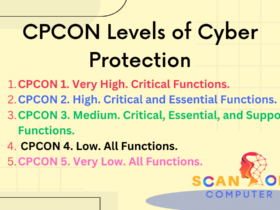


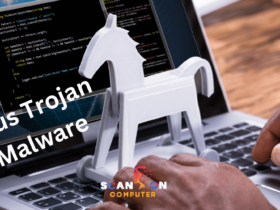
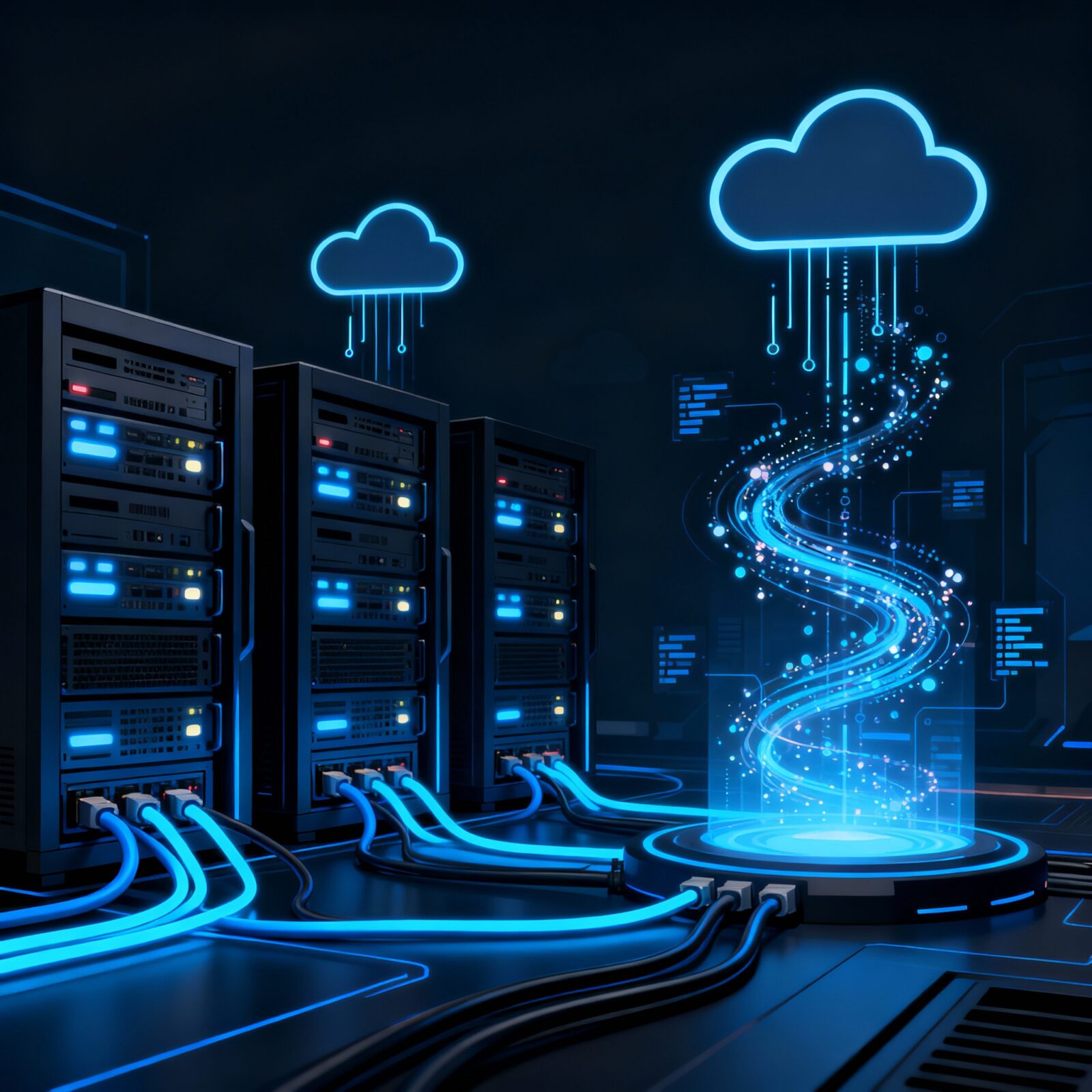

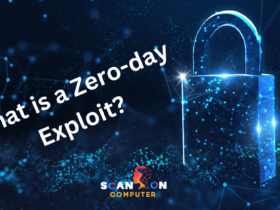
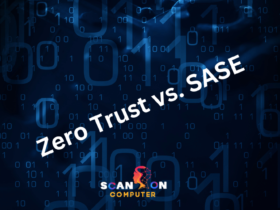


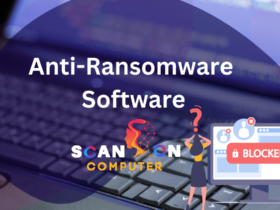
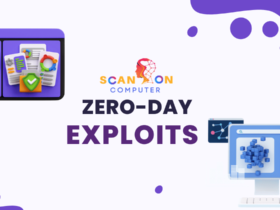
Leave a Reply
View Comments